Table of content
Passion fruit, with its vibrant tropical flavor and aromatic pulp, is a beloved ingredient in cuisines worldwide. Whether used in desserts, beverages, or savory dishes, its unique tangy-sweet taste adds a burst of freshness. However, passion fruit’s short shelf life—often lasting only a week or two when refrigerated—poses a challenge for home cooks and enthusiasts who wish to enjoy it year-round. Freezing is an ideal solution to extend its lifespan while retaining its distinctive taste and nutritional benefits. This guide explores the step-by-step process of freezing passion fruit, from selection to storage, ensuring you can savor this exotic fruit whenever inspiration strikes.
Why Freeze Passion Fruit?
Passion fruit is rich in vitamins A and C, dietary fiber, and antioxidants, making it a nutritious addition to meals. Freezing halts enzymatic activity and microbial growth, preserving these nutrients for months. Additionally, frozen passion fruit pulp or juice becomes a convenient pantry staple, ready to elevate smoothies, sauces, marinades, or cocktails without the hassle of last-minute prep.
Selecting the Right Passion Fruit
The key to successful freezing begins with choosing high-quality fruit. Opt for ripe, unblemished passion fruits with slightly wrinkled skin—a sign of peak sweetness and juiciness. Avoid fruits with mold, cracks, or overly firm skin, as these may indicate underripeness or spoilage. For the best flavor profile, consider varieties like purple passion fruit (Passiflora edulis) or yellow granadilla (Passiflora flavicarpa), both of which freeze well.
Preparation Steps Before Freezing
Washing and Sanitizing
Rinse each passion fruit under cool running water to remove dirt, pesticides, or residues. Gently scrub the skin with a soft brush if necessary. Pat dry with a clean towel to prevent ice crystal formation caused by excess moisture.
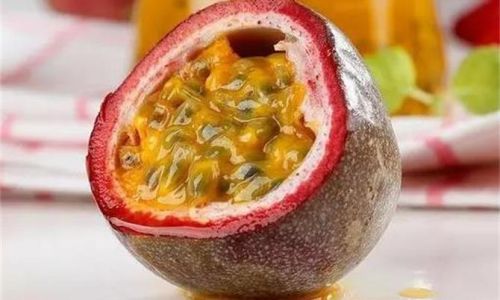
Cutting and Extracting Pulp
Slice the fruit in half using a sharp knife. Use a spoon to scoop out the gelatinous pulp, seeds, and juice into a bowl. For a seed-free option, strain the mixture through a fine-mesh sieve, pressing gently with the back of the spoon to extract maximum juice. Retain the seeds if you prefer a crunchy texture in recipes.
Optional: Sweetening or Flavor Enhancement
While passion fruit freezes well in its natural state, adding a touch of sweetness can balance its tartness. Mix 1–2 tablespoons of sugar, honey, or agave syrup per cup of pulp, or incorporate a splash of lime juice for a citrusy twist. Adjust to taste, but avoid over-sweetening, as freezing may intensify flavors.
Freezing Methods: Three Approaches
Method 1: Ice Cube Trays for Portion Control
- Step 1: Pour the passion fruit pulp (with or without seeds) into ice cube trays, filling each compartment to about ¾ full to allow expansion.
- Step 2: Place the trays in the freezer for 4–6 hours, or until completely solid.
- Step 3: Transfer the frozen cubes to a labeled freezer-safe bag or container. Press out excess air to prevent freezer burn.
Pro Tip: Use silicone ice cube trays for easy pop-out cubes. Each cube (approximately 1 tablespoon) is perfect for single-serving smoothies or cocktails.
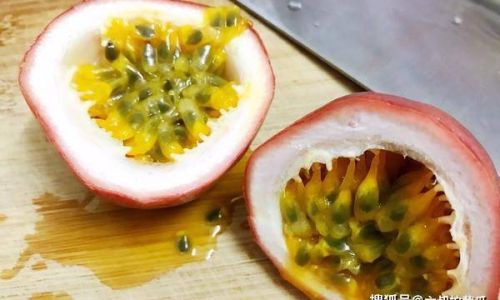
Method 2: Freezer Bags for Bulk Storage
- Step 1: Spoon the pulp into quart- or gallon-sized freezer bags, leaving 1–2 inches of headspace for expansion.
- Step 2: Seal the bags tightly, removing as much air as possible. For added protection against freezer burn, double-bag the portions.
- Step 3: Lay the bags flat in the freezer to create uniform, stackable “bricks” of frozen pulp.
Ideal For: Large batches of pulp intended for sauces, jams, or baking.
Method 3: Airtight Containers for Liquid Purees
- Step 1: If freezing passion fruit juice (strained of pulp and seeds), pour it into rigid plastic or glass containers with airtight lids.
- Step 2: Leave ½–1 inch of space at the top to accommodate liquid expansion.
- Step 3: Seal tightly and label with the date.
Note: Glass containers may crack if exposed to extreme temperature fluctuations; opt for freezer-safe models.
Storage Tips for Optimal Quality
- Label Everything: Use waterproof markers to note the contents and freezing date. Frozen passion fruit retains quality for 6–12 months, but flavor may diminish over time.
- Avoid Overcrowding: Arrange containers or bags in a single layer until frozen to prevent clumping. Once solid, stack them to save space.
- Maintain Consistent Temperature: Keep the freezer at 0°F (-18°C) or below. Avoid frequent opening, as temperature spikes accelerate spoilage.
Thawing and Using Frozen Passion Fruit
Thawing Methods
- Refrigerator Thawing: Transfer frozen portions to the fridge 8–12 hours before use. This slow thaw preserves texture but requires planning.
- Quick Thaw (For Cooking): Submerge the sealed freezer bag in cold water for 30–45 minutes, changing the water every 10 minutes.
- No Thaw Needed: Add frozen cubes directly to blenders for smoothies or simmer in sauces for instant flavor.
Creative Uses
- Smoothies: Blend frozen passion fruit cubes with mango, pineapple, and coconut water.
- Cocktails: Muddle into daiquiris or margaritas for a tropical kick.
- Desserts: Swirl into yogurt, layer in parfaits, or use as a coulis for cakes.
- Marinades: Mix with soy sauce, garlic, and ginger for grilled meats or tofu.
Benefits of Freezing Passion Fruit
- Reduces Food Waste: Preserve gluts of seasonal passion fruit when prices are low.
- Cost-Effective: Stock up during sales and avoid repeated purchases.
- Convenience: Always have a ready-to-use ingredient for impromptu recipes.
Common Mistakes to Avoid
- Freezing Unripe Fruit: Underripe passion fruit will not ripen post-freezing and may taste bitter.
- Overfilling Containers: Liquid expands when frozen, so leave adequate headspace.
- Using Non-Airtight Packaging: Exposure to air causes freezer burn, leading to dry, discolored patches.
- Ignoring Freezer Organization: Labeling and dating prevent mystery freezer items and ensure rotation (first-in, first-out).
Conclusion
Freezing passion fruit is a simple yet transformative technique that unlocks year-round access to its bold flavor and health benefits. By following these steps—from selecting ripe fruit to employing the right freezing method—you can create a versatile pantry staple that elevates countless dishes. Whether you’re a home cook, a smoothie enthusiast, or a mixologist, frozen passion fruit ensures the tropics are never far from your kitchen. Experiment with these methods, and enjoy the convenience of having this exotic gem at your fingertips, no matter the season.
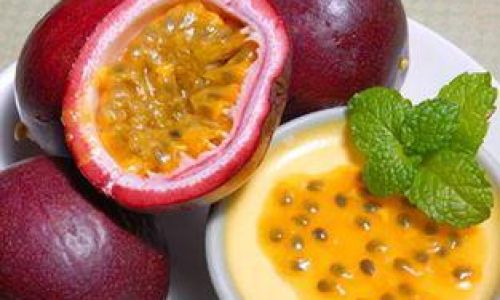
Final Tip: For an extra flavor boost, roast passion fruit halves at 350°F (175°C) for 10 minutes before freezing. The caramelization intensifies sweetness, adding depth to frozen preparations.
With proper storage and a little creativity, your frozen passion fruit will remain a culinary treasure, ready to transform ordinary meals into extraordinary experiences.
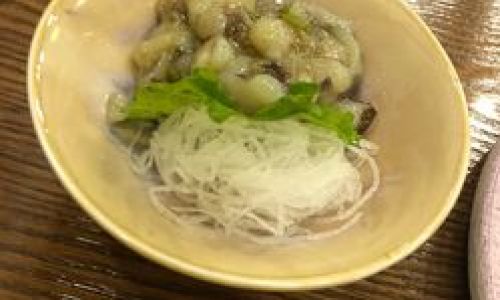
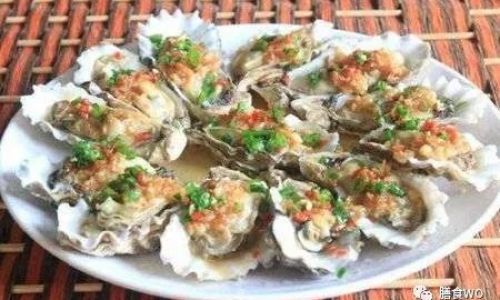


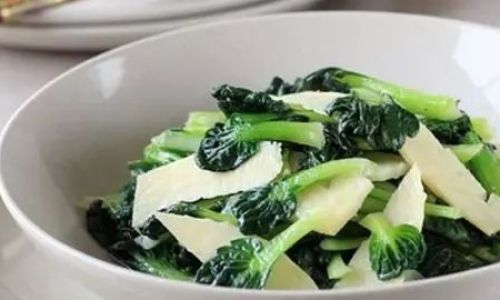
0 comments